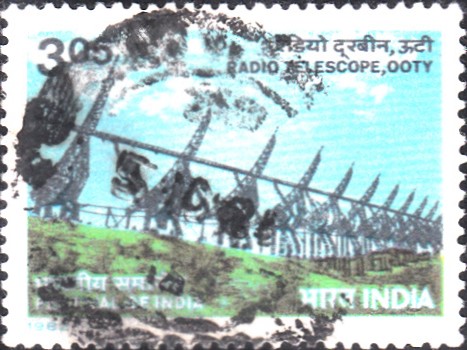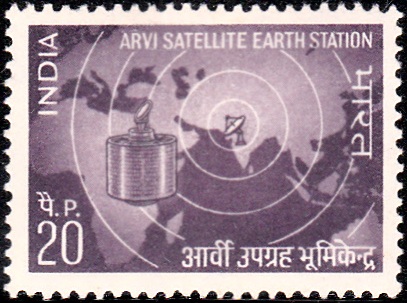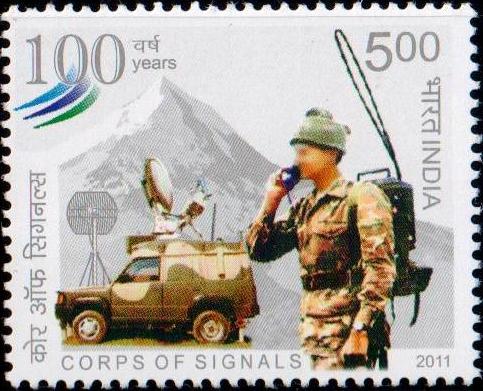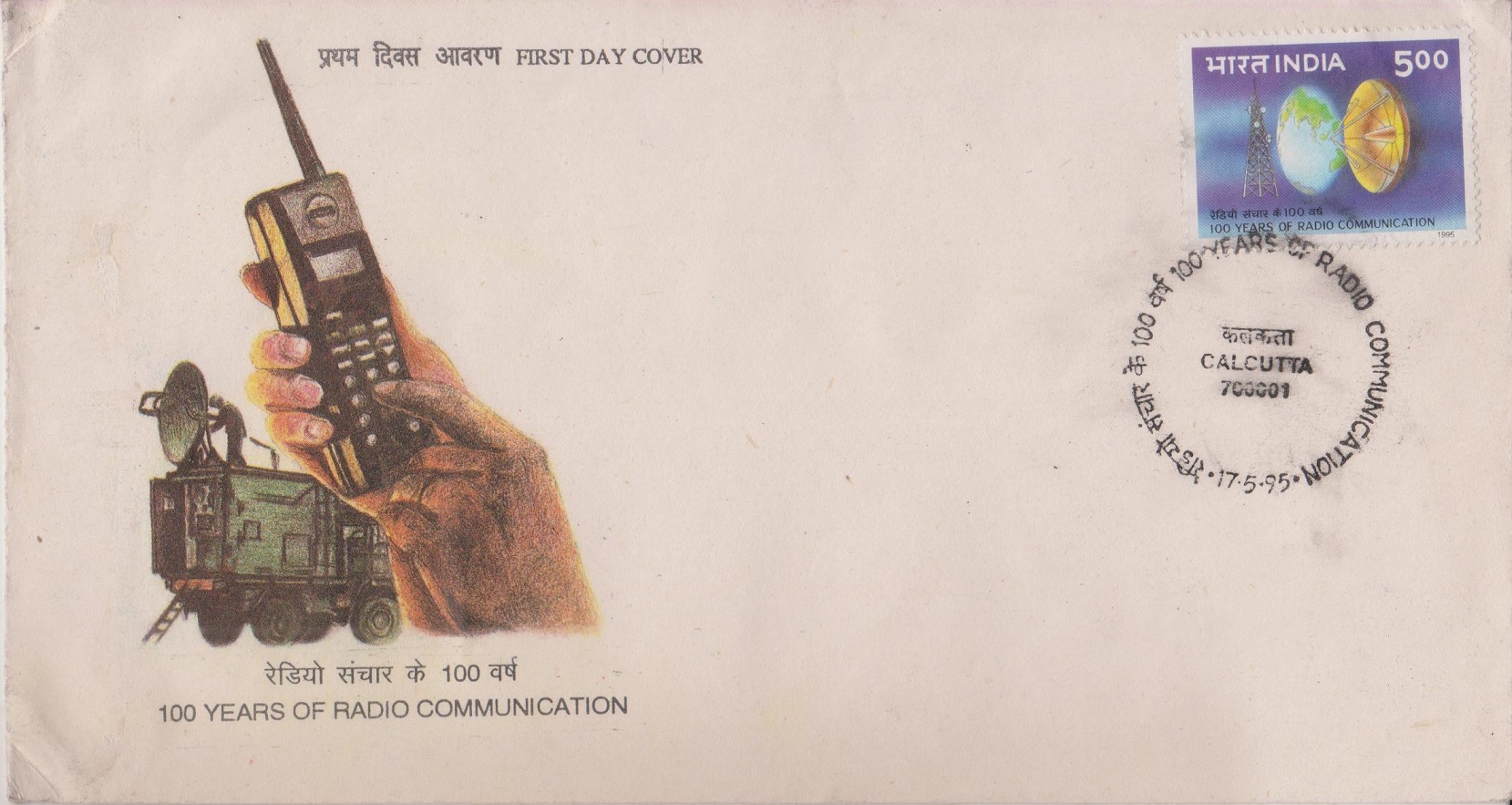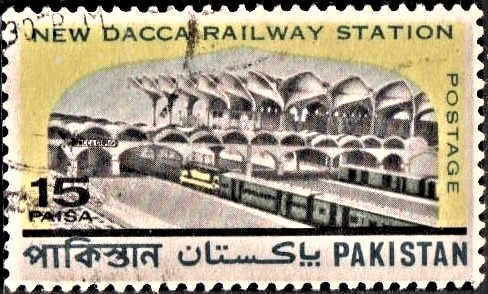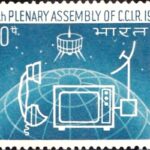![Troposcatter Communication Link [India-USSR]](https://www.istampgallery.com/wp-content/uploads/2014/12/Troposcatter-Communication-Link-India-USSR.jpg)
Troposcatter Communication Link [India-USSR]
A commemorative postage stamp on the 1st Anniversary of inauguration of Tropospheric scatter (a method of communicating with microwave radio signals over considerable distances) between India and Soviet Union :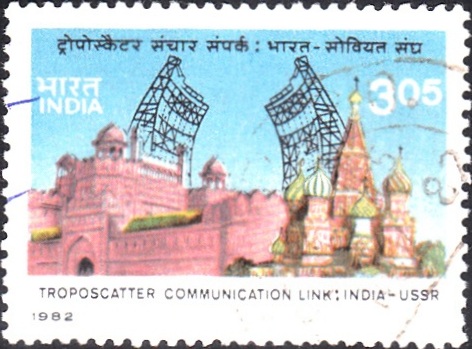
Issued by India
Issued on Nov 2, 1982
Issued for : Indian Posts & Telegraphs Department is happy to issue a commemorative stamp on the first anniversary of the inauguration of the troposcatter link between India and the USSR.
Description of Designs : The stamp, designed by India Security Press, Nasik shows the Troposcatter Communication Link between India and the USSR. The first day cover shows the antenna of the Troposcatter link at Chrar-e-Sherief near Srinagar. The cancellation has been designed by Charanjit Lal.
Type : Stamp, Postal Used
Colour : Multicolour
Denomination : 305 Paise
Overall size : 3.91 X 2.90 cms.
Printing size : 3.55 X 2.54 cms.
Perforation : 13 x 13
Paper : Unwatermarked adhesive stamp paper
Number printed : 20,00,000
Number per issue sheet : 35
Printing process : Photogravure
Printed at : India Security Press
About :
- A unique telecommunication link between India and the USSR was inaugurated by the Prime Minister of India on 2nd November, 1981. This link works on the principle of propagation of Radio Waves in the tropospheric medium over long distances. The station of Overseas Communications Service on the Indian side of this link is located at Chrar–e–Sherief near Srinagar and the station on the USSR side, near Dushanbe in the Tadzik Republic.
- The propagation path between the two places passes over high mountainous terrain for a distance of about 685 kms. The radio beam emitted by the transmitting antenna from each of the terminal stations hits the mountain ridges en route which results in a small portion of the incident energy to be diffracted or bent towards the distant terminal. This is the mechanism of propagation between the two stations for establishing the link.
- As the beam passes through the troposphere which is the region immediately surrounding the earth upto a few kilometers, it is subjected to the inhomogeneities of the atmospheric layers resulting in the diminution of signal strength. This is compensated by employing frequency and space diversity techniques. By this process, four received signals are derived and they are combined by special techniques to obtain a steady signal which enables reliable, good quality communication to be possible.
- The station at Chrar-e-Sherief near Srinagar employs two large Parabolic Bill-board Type of Antennae of 30 meters square dimensions for transmission and reception of the signals. The Electronic Corporation of India Ltd. (ECIL) designed, fabricated and installed the antennae at Chrar-e-Sherief and also supplied similar structures for the installation at Dushanbe. The link operates on 800 MHz/900 MHz Bands, with a transmitted power of 10 KW each on two frequencies either way. The radio equipment has been supplied by the USSR.
- The International Link between Dushanbe and Srinagar is extended to Moscow and New Delhi respectively on the national systems of the two countries. The link has a capacity of 12 telephone channels to meet the future traffic requirements. The link has been operating over the past one year and is quite unique as it has demonstrated how great distances of formidable mountainous terrain can be spanned by means of tropospheric techniques.


